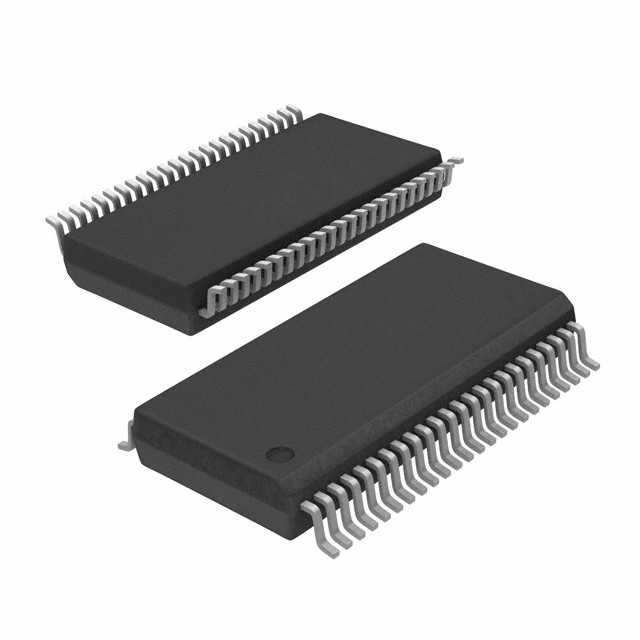PI74AVC164245AAE
Manufacturer No:
PI74AVC164245AAE
Manufacturer:
Description:
IC TRANSLATOR BIDIR 48TSSOP
Datasheet:
Delivery:





Payment:




In Stock : 0
Please send RFQ , we will respond immediately.









PI74AVC164245AAE Specifications
-
TypeParameter
-
Voltage - VCCB3 V ~ 3.6 V
-
Voltage - VCCA2.3 V ~ 2.7 V
-
Supplier Device Package48-TSSOP
-
Package / Case48-TFSOP (0.173", 4.40mm Width)
-
Mounting TypeSurface Mount
-
Features-
-
Operating Temperature-40°C ~ 85°C (TA)
-
Data Rate-
-
Output TypeTri-State, Non-Inverted
-
Output Signal-
-
Input Signal-
-
Channels per Circuit8
-
Number of Circuits2
-
Channel TypeBidirectional
-
Translator TypeVoltage Level
-
PackagingTube
-
Product StatusObsolete
-
Series74AVC
The SN74ALVC162334DLR is a 16-bit universal bus transceiver with 3-state outputs. Here are some advantages and application scenarios of this integrated circuit chip:Advantages: 1. 3-state outputs: The chip has 3-state outputs that allow multiple devices to share a single bus, enabling bus arbitration and reducing conflicts. 2. Bi-directional data transmission: It supports bidirectional data transfer, making it suitable for applications where data needs to be transmitted in both directions on a bus. 3. Wide operating voltage range: It operates within a voltage range of 1.65V to 3.6V, making it compatible with a wide range of voltage systems. 4. Low power consumption: The chip is designed to consume low power, making it suitable for battery-powered applications or devices with power constraints. 5. High-speed operation: With its fast switching times, it can operate at high speeds, facilitating efficient data transfer.Application scenarios: 1. General-purpose bus transceiver: The SN74ALVC162334DLR can be used as a standard bus transceiver in various electronic systems, such as microcontrollers, digital signal processors, and other devices communicating over a bus. 2. Level shifting: It can be used for voltage level shifting to interface between systems with different voltage levels, such as logic translation between 3.3V and 2.5V systems. 3. Bus arbitration: In systems with multiple devices contending for bus access, this chip can be utilized to manage bus arbitration and ensure controlled and synchronized data transmission. 4. I/O expansion: It can act as an I/O expander, allowing multiple devices to connect to fewer GPIO pins on microcontrollers or other devices. 5. Data communication: The chip can be used in communication systems where bidirectional data transfer is required, such as UART (Universal Asynchronous Receiver-Transmitter) interfaces, SPI (Serial Peripheral Interface), or I2C (Inter-Integrated Circuit) buses.It is important to note that these advantages and application scenarios are not exhaustive and may vary depending on the specific requirements of the system or project.
PI74AVC164245AAE Relevant information
-
NL3X5004MU2TAG
onsemi -
NL3X5004DR2G
onsemi -
NL3X5004DTR2G
onsemi -
V62/22604-01XE
Texas Instruments -
NCA9701GXX
Nexperia USA Inc. -
MAX14591ETA+
Analog Devices Inc./Maxim Integrated -
SN74AVCA164245DGG
Texas Instruments -
74AVC1T45DBVR
Texas Instruments -
74AVC1T45DEAR
Texas Instruments -

SN74LVC1T45DCKR-P
Texas Instruments







